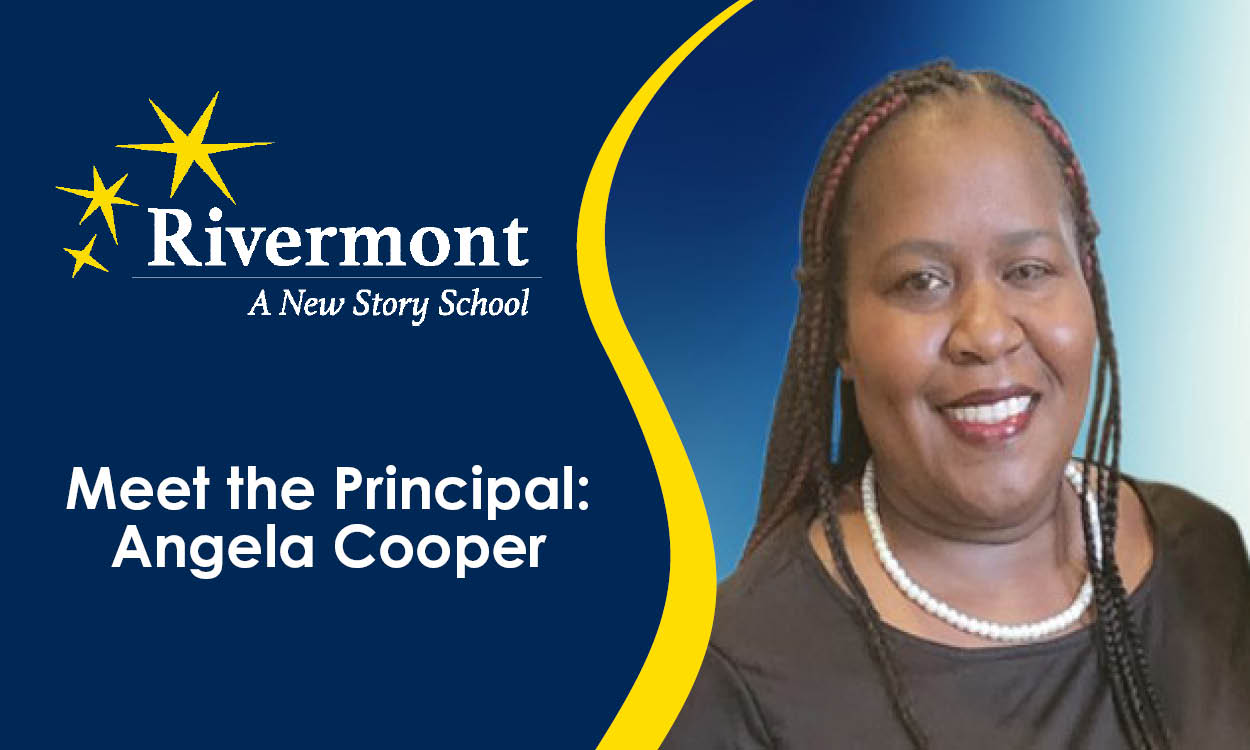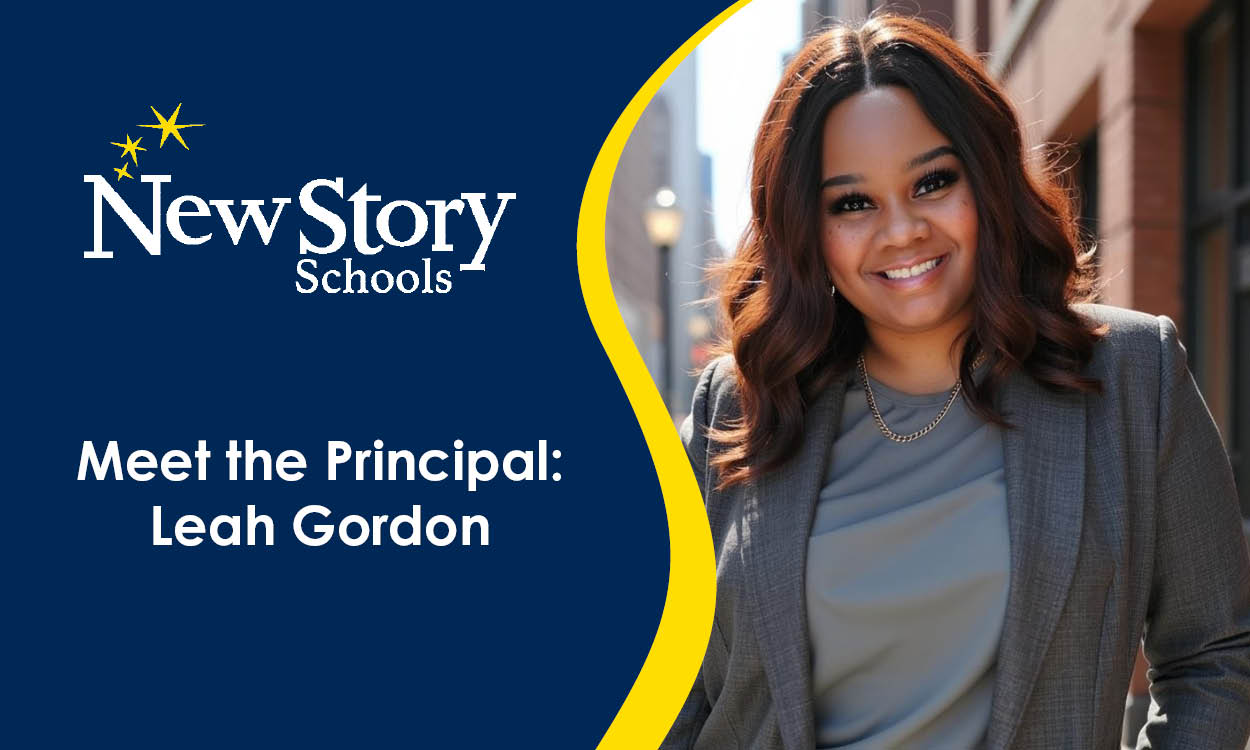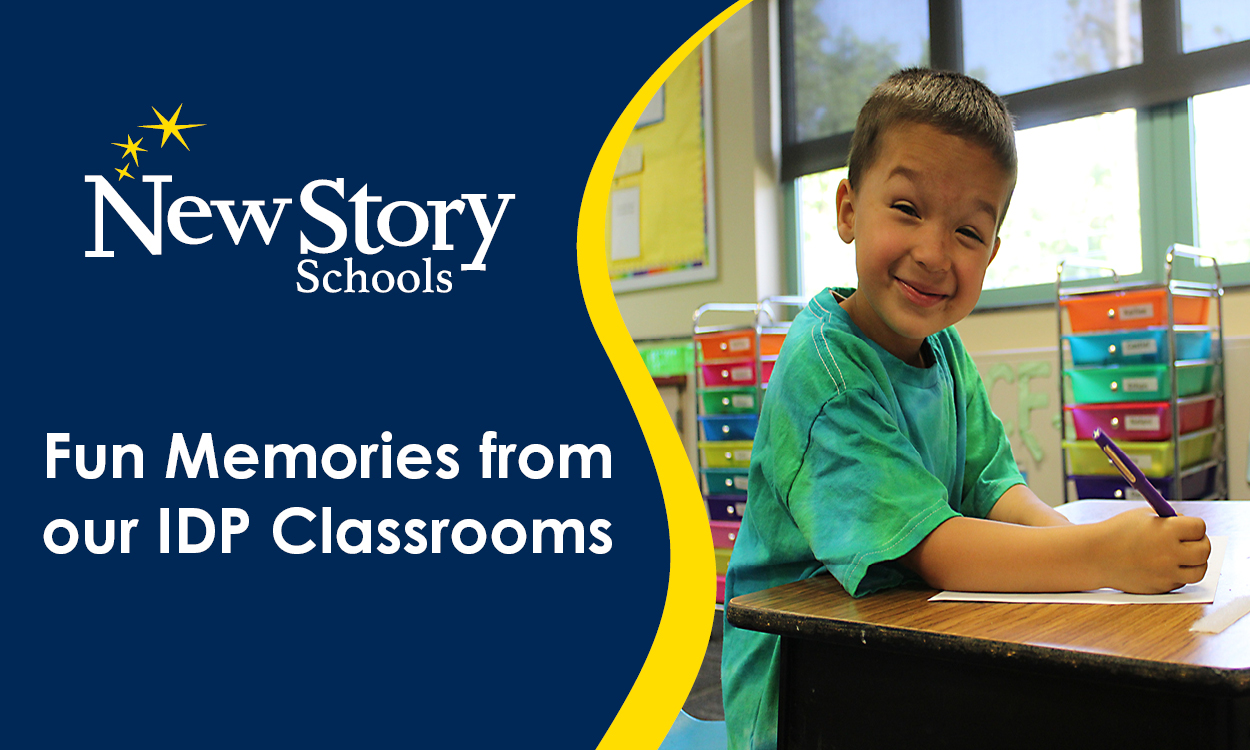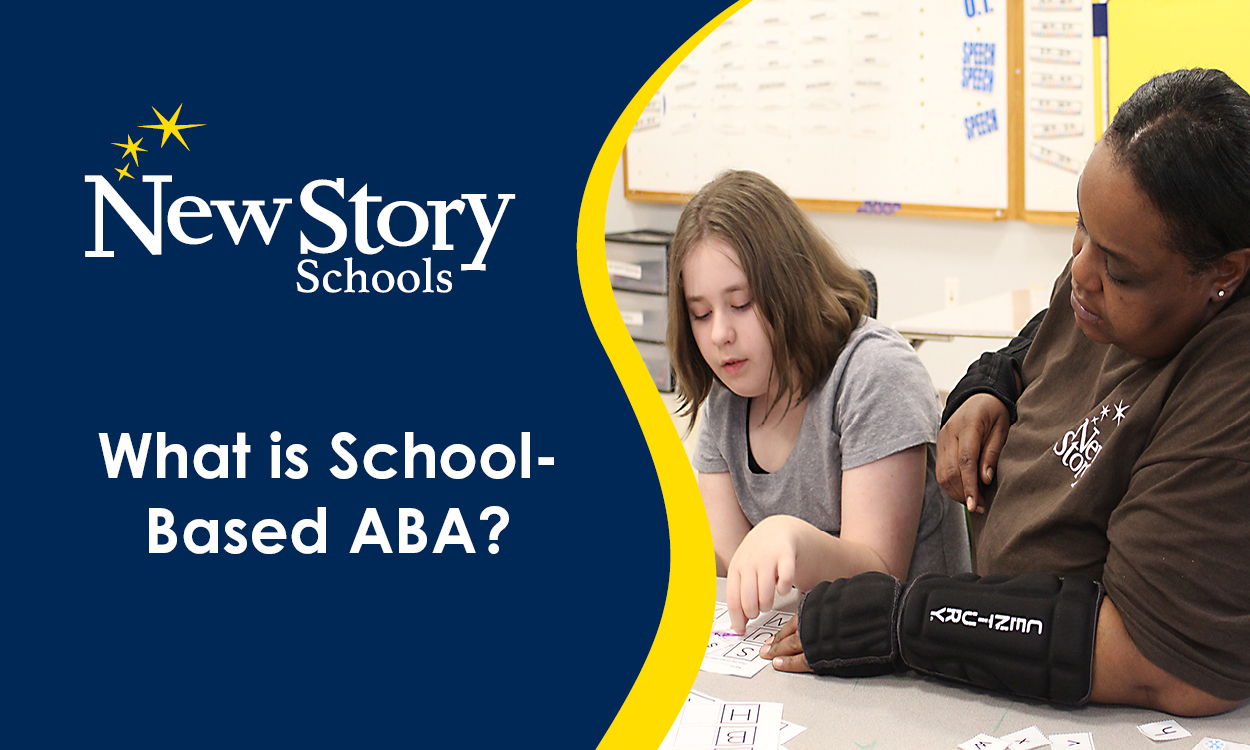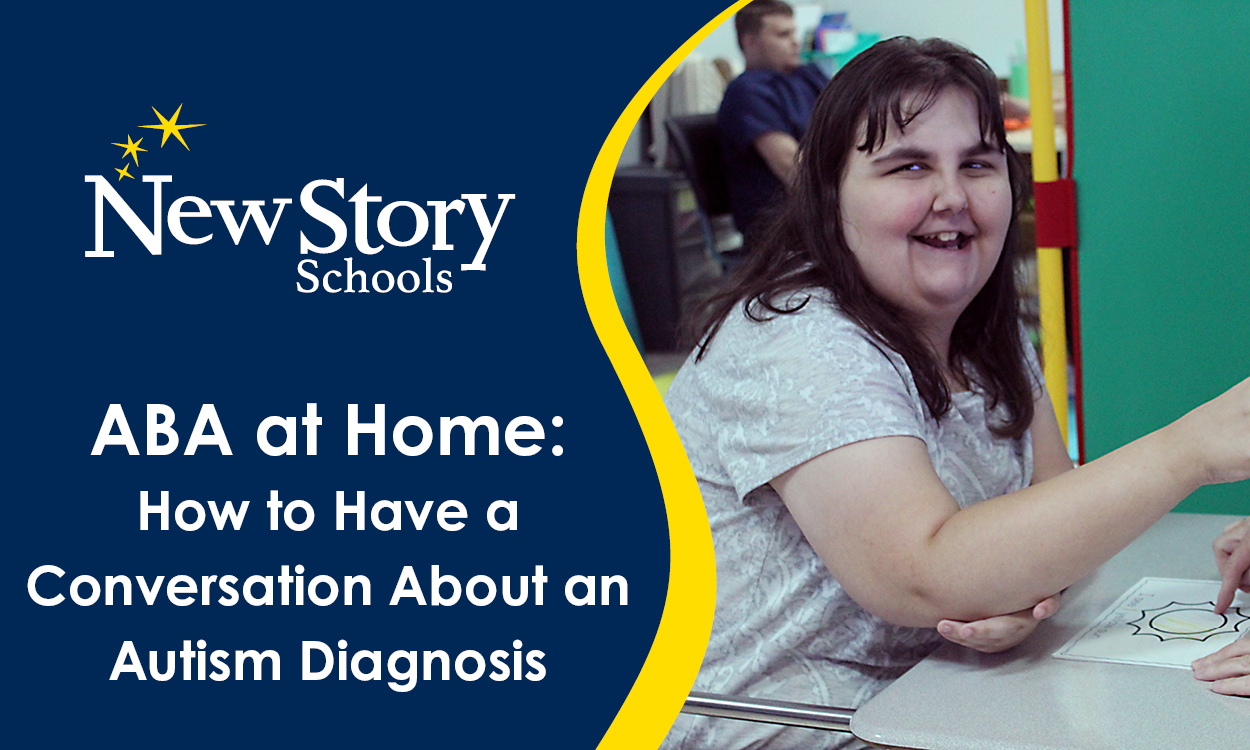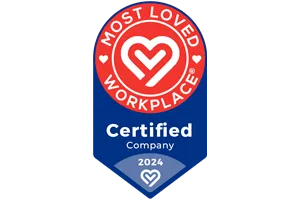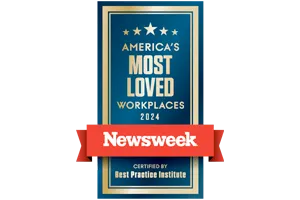In-School Newsroom Helps Students Develop Critical Skills
Posted: November 21, 2022 | Written By: Lauren Douglas | Category:
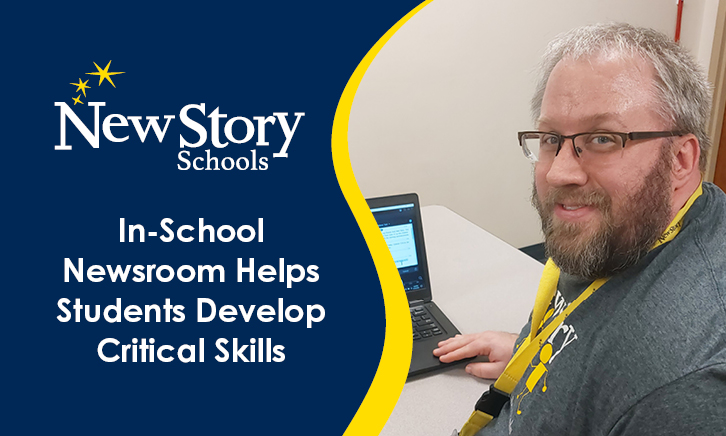
Real-world and immersive learning experiences are important ways to provide students with essential skills that set them up for success in the future. At New Story School’s Lancaster Campus, Jason Dutill, Teacher, set up an in-school newsroom where students can learn, work with their peers, and gain digital literacy skills and experiences, with support and guidance from Jason. Here’s how he did it.
Q: What inspired you to start the newsroom program?
A: I came up with the idea of creating a news station last year when students would use the intercom to make morning announcements. I started to think about other ways students could make announcements and came up with the idea of creating a ‘newsroom’ that allowed students to use their voice and be on screen. That led me on the path of creating a digital studio that would be exciting and fun for students while also working on social, behavioral and life skills.
Q: What does the newsroom program entail?
A: Throughout the week, I work with students on creating digital announcements for the following week. These daily videos are uploaded on Microsoft Teams to be viewed by the rest of the school on the day that they were intended for. To be sensitive to potential behaviors or disruptions that can happen, we prerecord all videos so we can do multiple takes and edit afterward as needed.
To prepare for the video shoot, I typically:
Always work with two students. Some students may be nervous or anxious about being on camera, so being on camera with their peer helps put them at ease.
Prepare short scripts for students to read. As the program evolves, students will be engaged in more of the script writing and pre planning process.
Set up the green screen background with a table and chairs. The green screen allows me to remove the background and replace it with an image of a newsroom.
Before recording, I set up practice sessions with the students. After setting up the webcam and microphone, students review and rehearse their scripts.
As we get started, I usually let them have fun with testing the microphone and they often improvise doing a short scene while I record and check that everything is working. The students have been having a lot of fun with this part!
We then do the official take; students will read their scripts. There are two scripts that contains content for both students to recite. The first student is responsible for introducing themselves, stating the date and the provide the lunch choices for the day. If there are any school events, they will mention them as well. After they are finished, they will then introduce the second student. The second script contains the weather for the day, a reminder to be safe, respectful, and accountable, and a top news story of the day. They conclude their segment with a fun “Also, don’t have a good day, have a great day New Story!”
After recording, I do some light editing using Screencast-O-Matic. I have a paid subscription that has more features to help with the editing process. For example, I can create an introduction video that will transition seamlessly into the student-made video.
After the editing process, we then upload the videos on Microsoft Teams for classrooms teachers to access during the school day to view on their Smartboards.
Q: What skills are students learning and utilizing that will help them in their futures?
A: We live in a digital world, and it’s important our students understand what that means. We teach students about being a good citizen, but I think it is important to teach students what it means to be good digital citizens too. I am currently in an educational technology program, and I came to realize the importance of digital literacy as the students need to be able to navigate the digital world that they live in. One of the biggest things students express is the desire to use social media to make things like YouTube videos. So, this creates an opportunity for them to be able to understand more about the digital world, practice making digital content, and learn more about the process.
Q: What is the most rewarding part of the project for you?
A: The most rewarding part of the project is hearing the reactions from teachers, staff, and students. I have received a lot of positive feedback and other teachers have shared that some of their students are now interested in making videos after watching one of them. It really makes me feel good to hear that the students and staff are enjoying the finished products!
Want to be notified of new articles and resources from New Story Schools? Submit your email and opt into our newsletter!


